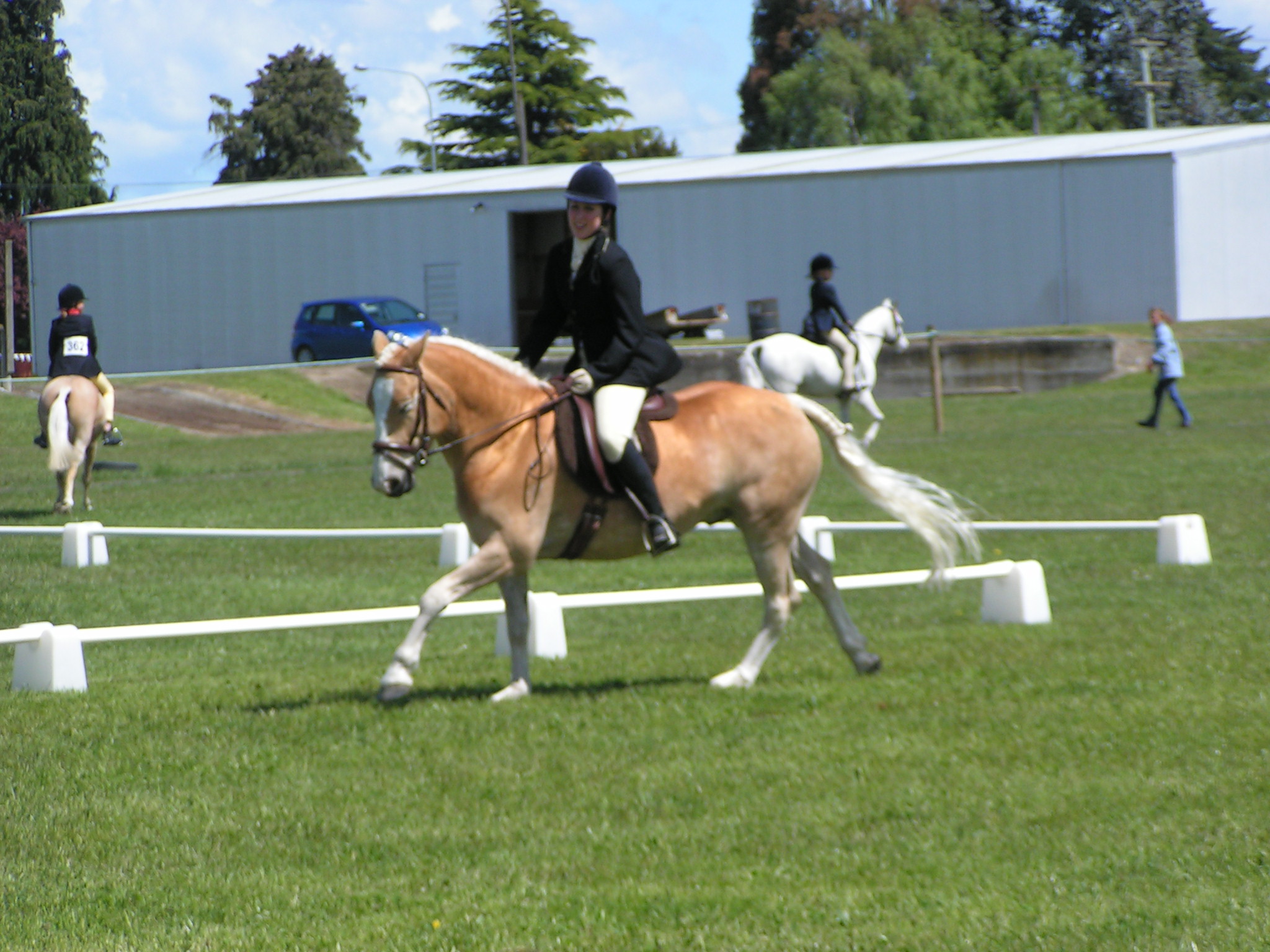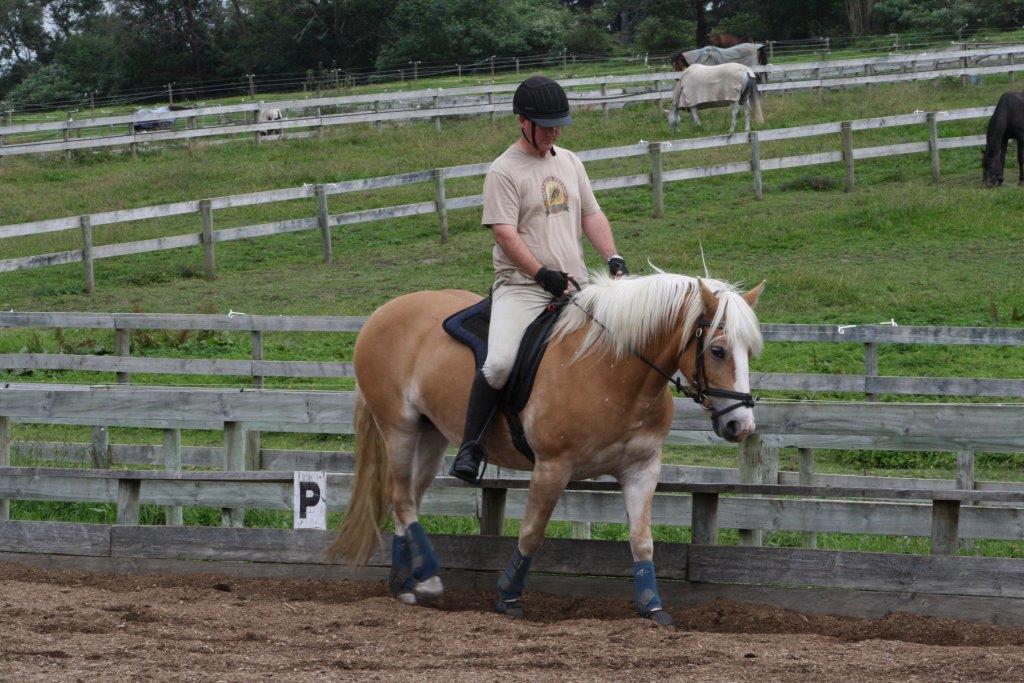History of the Haflinger
The first official documentation of the present day Haflinger (which is named for the Tyrolean village of Hafling) was in 1874 when the foundation stallion 249 Folie was born. His sire was the half- Arab stallion, 133 El’ Bedavi XXII, and his dam was a refined native Tyrolean mare1. All modern purebred Haflingers can trace their ancestry directly to Folie through seven different stallion lines: A, B, M, N, S, ST, and W1. This mixing came from Arab blood, brought back from the continental wars with the Turks3.
Stallions have been registered for over 100 years in Austria, with government-organised breeding for the last 50 years3. The first Haflinger Stud Book was started in North Tyrol in 19212. There are numerous Haflinger breed societies throughout the world, but most of these societies follow the rules and regulations placed forward by the World Haflinger Federation. The World Haflinger Federation was founded in 1975, and currently has 22 member organisations in 18 different nations and 4 continents4. Member countries include Australia (Haflinger Horse Society of Australia and Australian Haflinger Horse Breeders Association), Austria, Canada, Belgium, Brazil, Denmark (Dansk Tyroler-Haflingeravl and Haflingeravisvoreningen Danmark), France, Great Britain, Italy, Luxembourg, Netherlands, Sweden, Slovakia, Slovenia, Spain, Switzerland, Tyrol and the USA (Haflinger Breeders Organisation (HBO) and American Haflinger Registry (AHR)).
The breed has seen changes in type over the years, especially during World War II when pack horses were in high demand for military service. A shorter and draftier Haflinger was required1. However, following the war, the height and refinement of the breed was returned, and emphasis was placed on developing a small versatile horse for riding and driving, with a strong constitution, solid conformation with substantial bone, and an uncomplicated personality1.
The personality of the Haflinger was developed over many years, as they lived and worked along side the villagers in the Tyrolean mountains, as pack or riding animals. This also helps account for the versatility of the breed, with Haflingers used for draft work, as pack animals, in light harness and combined driving, western and trail riding, endurance, dressage, show jumping, eventing, vaulting and in therapeutic riding programs1.
NB:- information on this page sourced from
| 1The American Haflinger Registry Website (http://www.haflingerhorse.com), |
| 2The Haflinger Horse Breeders Association of Tyrol Website (http://www.haflinger-tirol.com/), |
| 3The Equiworld Website (http://www.equiworld.net/uk/horsecare/Breeds/haflinger/), |
| 4The World Haflinger Federation Website (http://www.haflinger-tirol.com/) |





